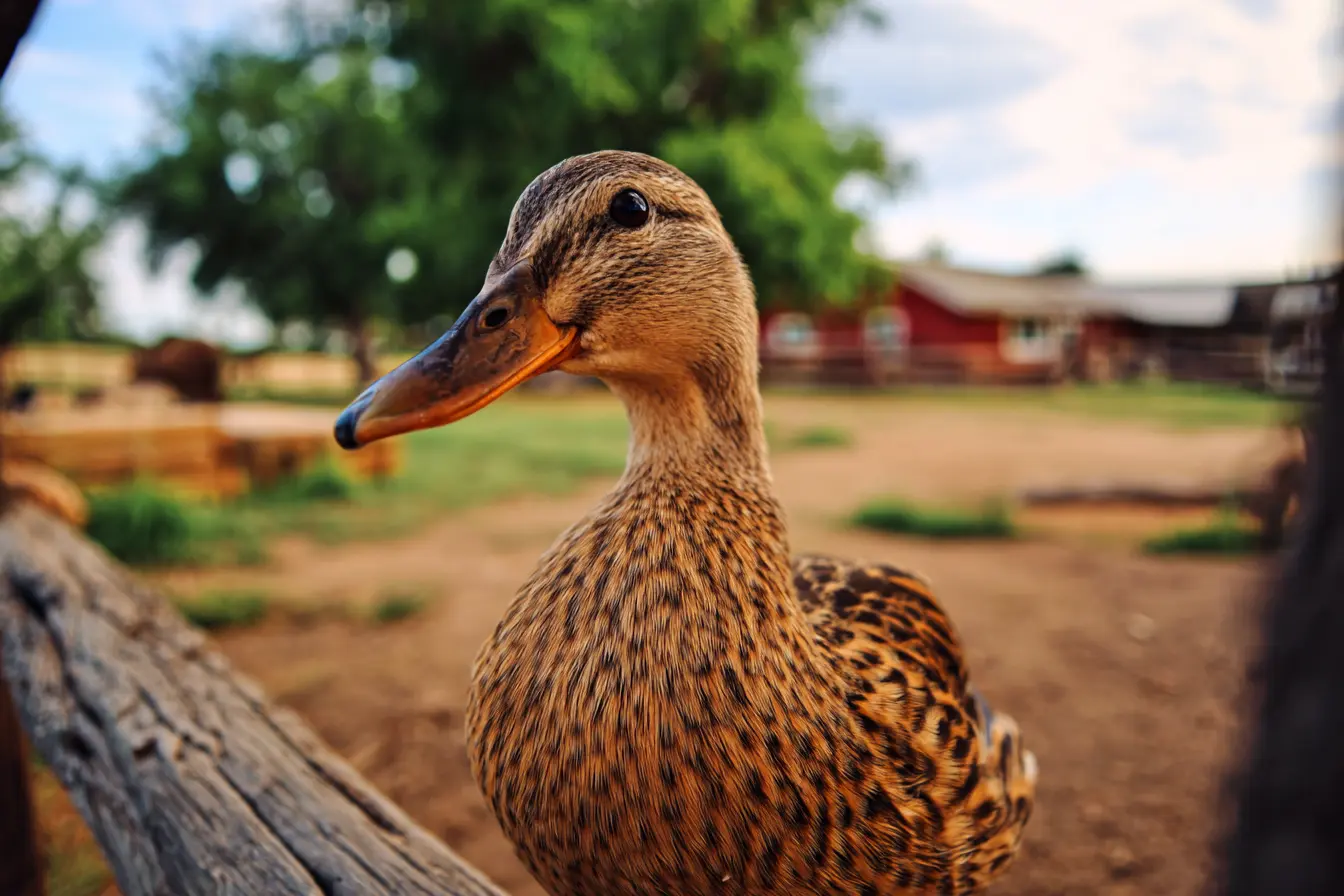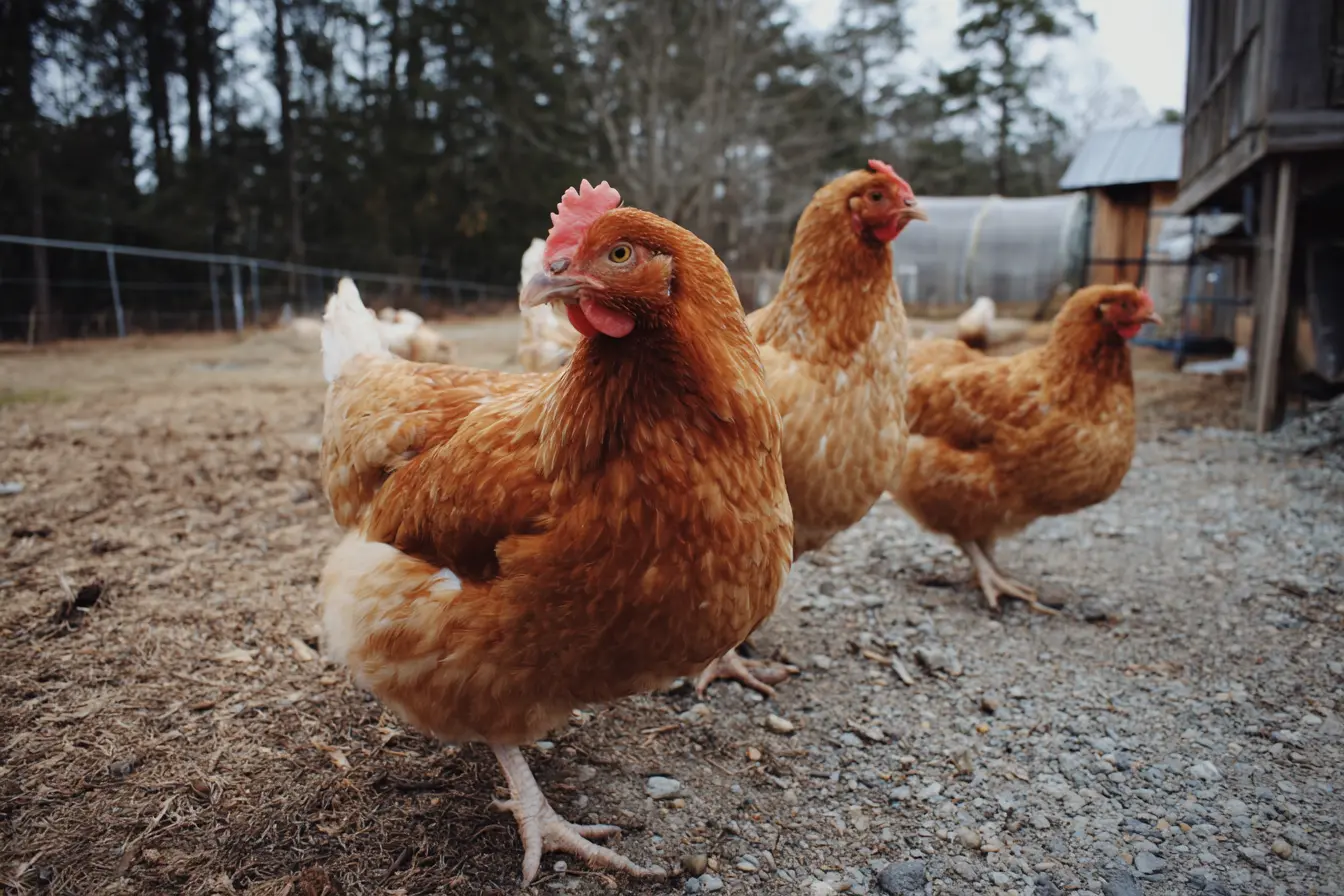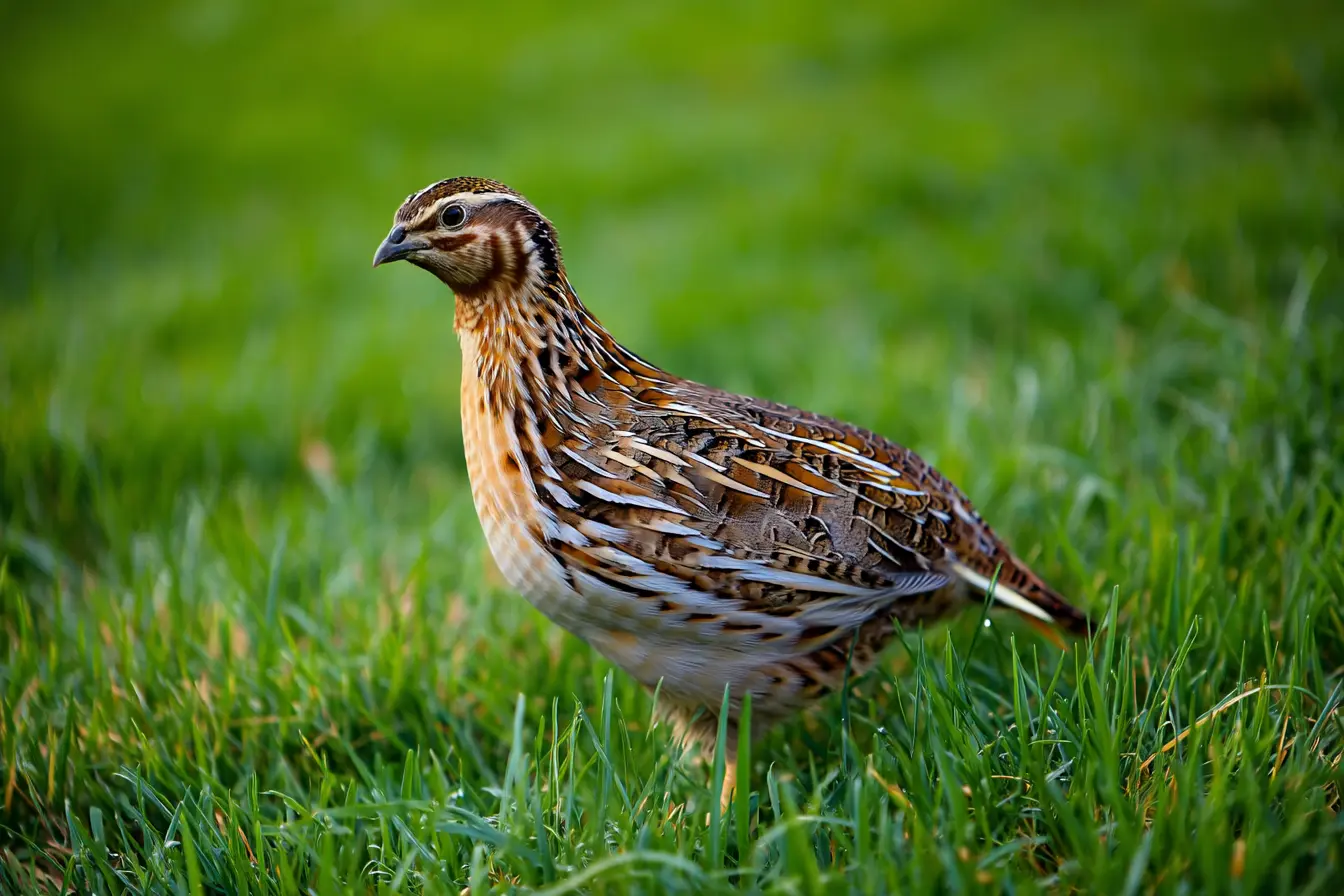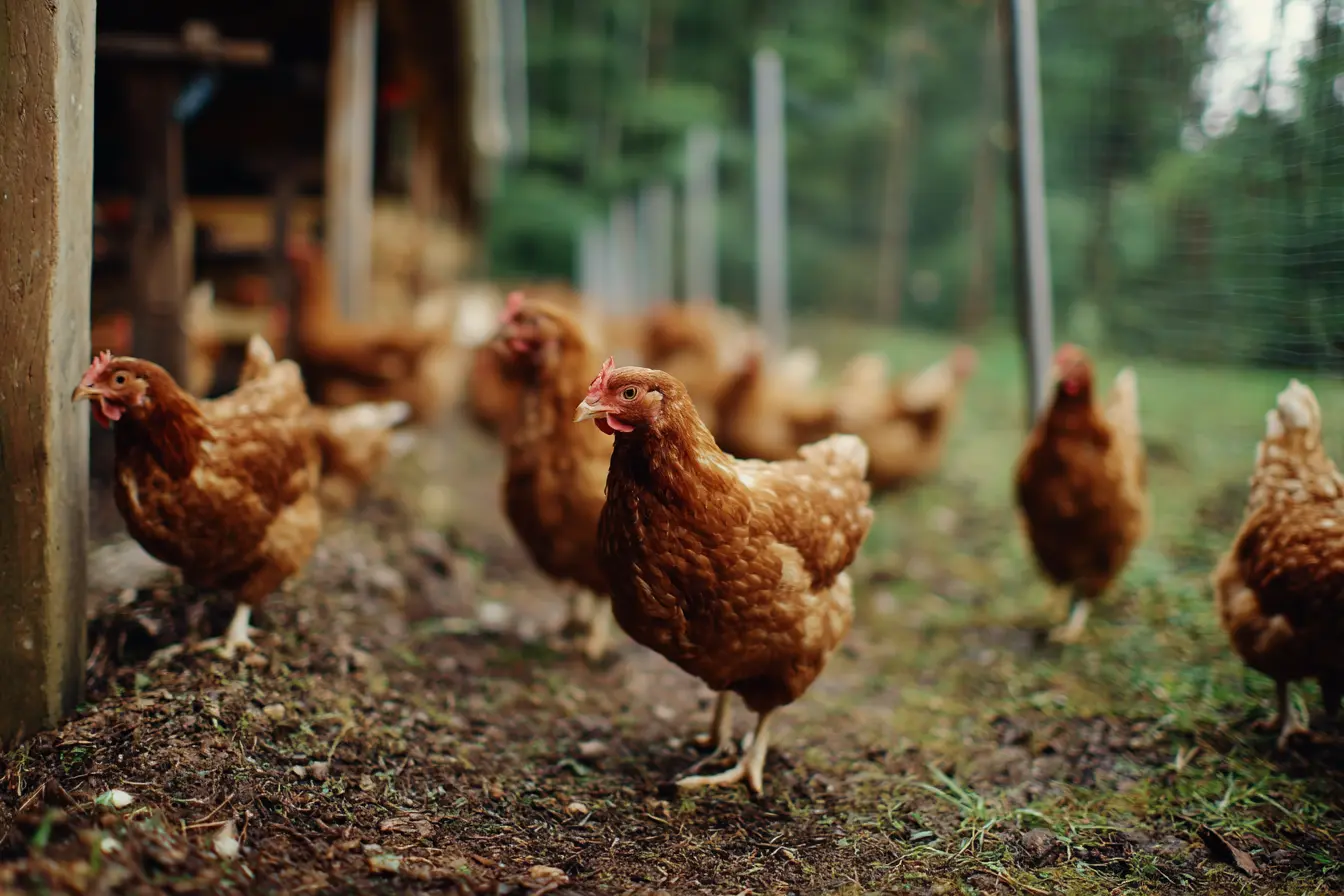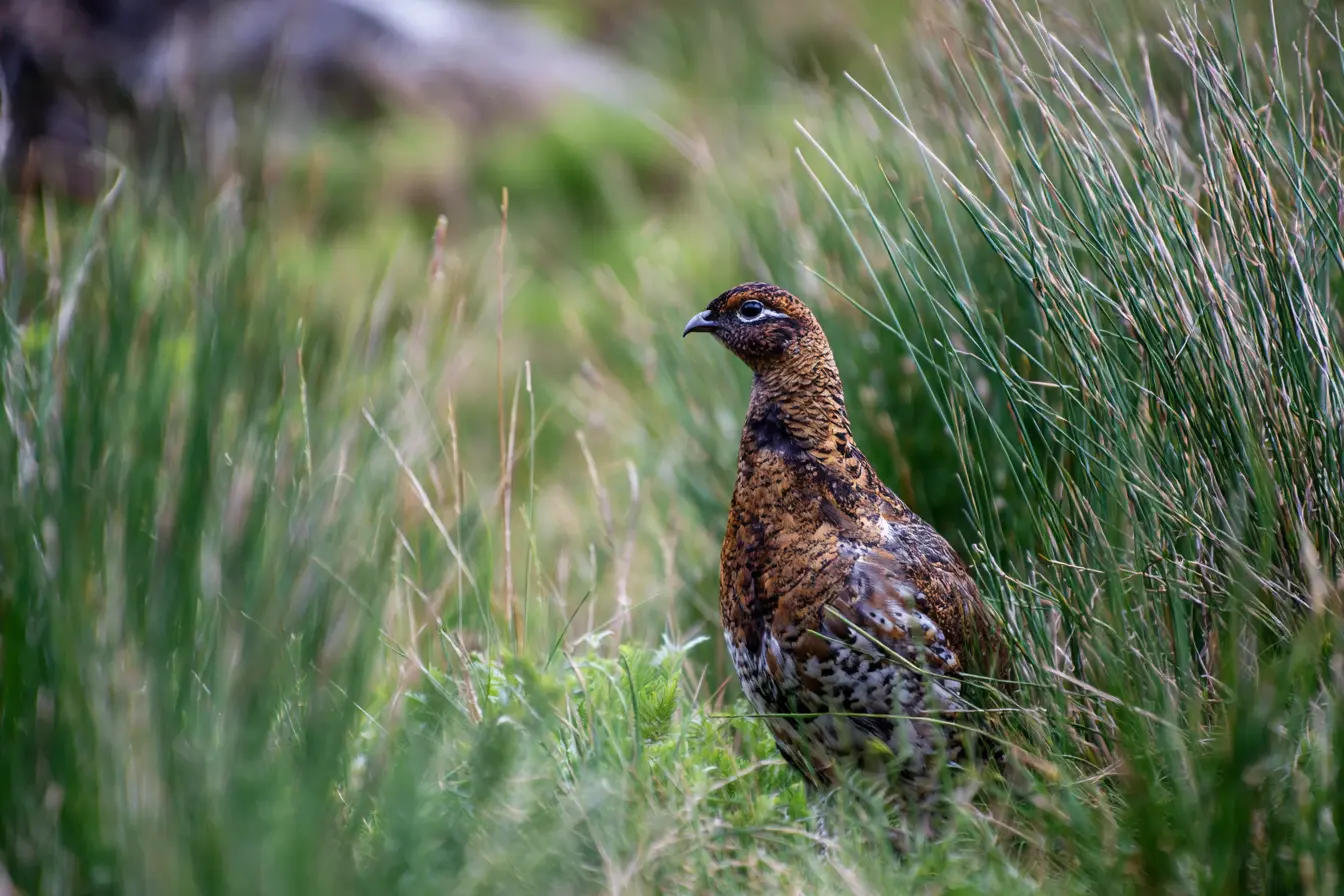
A Complete Guide to Keeping Game Birds in the UK
Keeping game birds can be an enjoyable and rewarding experience, whether for sport, conservation, or breeding. However, it requires detailed knowledge, proper facilities, and an understanding of the legal and welfare responsibilities involved. This guide covers every aspect of keeping game birds, from species selection and housing to feeding, breeding, and licensing.
Understanding Game Birds
In the UK, “game birds” generally refers to species bred and managed for sporting or conservation purposes. The most commonly kept game birds include:
- Pheasants (such as the Common Pheasant)
- Partridges (Grey or Red-legged)
- Quail
- Grouse
- Wildfowl (including ducks and geese in managed shoots)
Each species has unique habitat, feeding, and behavioural requirements. Understanding these needs is the foundation of good husbandry.
Legal Responsibilities and Licensing
Before keeping or releasing game birds, it is vital to understand the legal framework that governs them.
Game Licences and Seasons
In England, Wales, Scotland, and Northern Ireland, specific laws regulate when game birds may be shot, trapped, or released. The main legislation includes:
- The Wildlife and Countryside Act 1981
- The Game Act 1831
- The Game Licences Act 1860
- The Animal Welfare Act 2006
For most species, there are closed seasons during which shooting is prohibited. For example:
- Pheasant: 1 October – 1 February (England, Wales, and Scotland)
- Partridge: 1 September – 1 February
- Grouse: 12 August – 10 December
- Wild duck and goose: 1 September – 31 January (inland)
If you are breeding or releasing birds for shooting, you may need to register with the Animal and Plant Health Agency (APHA) and comply with the Game Bird Code of Practice.
The Game Bird Code of Practice
The Game Bird Code provides welfare standards for the rearing, releasing, and shooting of game birds. It covers housing, feeding, handling, transportation, and release practices. Compliance is essential both legally and ethically.
Selecting a Suitable Species
Choosing which game bird to keep depends on your goals and the available environment.
- Pheasants are hardy and adaptable but require woodland or cover crops for protection and nesting.
- Partridges prefer open farmland or grassland with nearby hedgerows.
- Quail are smaller and often kept for breeding or egg production rather than release.
- Grouse thrive in heather moorlands and require specialist management.
You should consider the local habitat, available land, and predator risks before selecting your species.
Housing and Enclosure Design
Game birds require secure, well-ventilated housing that provides protection from predators and adverse weather.
Brooder Houses
Young chicks (poults) are reared in brooders that maintain constant warmth and dryness. Key requirements include:
- Draught-free shelters
- Artificial heat sources such as gas brooders
- Clean, dry litter such as wood shavings
- Sufficient space to prevent overcrowding
Rearing Fields and Aviaries
Once feathered, birds move to outdoor pens or aviaries. Pens should include:
- Fencing at least 2 metres high with a netted roof
- Shade and cover from shrubs or artificial shelters
- Feeders and drinkers placed to prevent contamination
- Predator-proof netting or electric fencing
Adequate space is essential. For pheasants, a minimum of 2 square metres per bird is recommended in the pen. Overcrowding can lead to stress, feather pecking, and disease.
Feeding and Nutrition
Proper nutrition is critical for growth, feather condition, and breeding success.
Feeding Stages
- Starter Feed: High-protein (around 28%) crumb for chicks up to 3 weeks old
- Grower Feed: 20–24% protein pellets from 3–6 weeks
- Finisher Feed: 16–18% protein pellets from 6 weeks until release
- Breeding Feed: Balanced for adult birds to support egg production
Grit and clean water must be provided at all times. Supplementary feeding with grains such as wheat or barley is common once birds are released into the wild.
Health and Disease Management
Good hygiene and biosecurity are crucial to prevent disease.
Common Health Concerns
- Coccidiosis: a parasitic infection common in young birds
- Hexamitiasis: affects the gut of pheasants and partridges
- Mycoplasma: respiratory infection spread by contact
- Worm infestations: require regular monitoring and treatment
Preventative measures include disinfecting equipment, maintaining clean bedding, and sourcing birds from reputable suppliers. Veterinary advice should be sought at the first sign of illness.
Breeding Game Birds
Breeding programmes should focus on strong genetics and welfare. Breeding birds must be kept in good condition, with adequate space and nesting materials.
- Incubation: Eggs can be artificially incubated or naturally brooded. Temperature should be maintained at 37.5°C with 50–60% humidity.
- Chick Rearing: Chicks require warmth, protection, and appropriate starter feed.
Genetic diversity should be maintained to prevent inbreeding, especially in small flocks.
Releasing Game Birds
When releasing birds for shooting or conservation, it is vital to follow best practice guidelines.
- Birds should be well-feathered, fit, and familiar with outdoor conditions.
- Releases should occur near suitable cover and food sources.
- Release pens should allow birds to adapt gradually to the wild.
- Avoid releasing during extreme weather.
Over-release can harm local ecosystems, so numbers should be balanced with habitat capacity.
Predator Control and Environmental Management
Predator management is part of responsible game bird keeping, but it must comply with wildlife laws. Legal traps and deterrents may be used for foxes, stoats, or crows, but illegal poisoning or persecution of protected species is strictly prohibited.
Habitat management, such as planting cover crops, maintaining hedgerows, and providing water sources, benefits both game birds and native wildlife.
Record Keeping and Traceability
Accurate records of breeding, mortality, feed, medication, and release numbers are essential. They ensure traceability, support welfare monitoring, and may be required for inspections by the APHA or other authorities.
Conclusion
Keeping game birds is a complex but fulfilling activity that combines animal husbandry, conservation, and tradition. Success relies on understanding species needs, following legal and welfare requirements, and maintaining high standards of care. Whether you aim to breed, release, or conserve, responsible management ensures the long-term sustainability of the practice and the wellbeing of the birds.
Contents
- Understanding Game Birds
- Legal Responsibilities and Licensing
- Selecting a Suitable Species
- Housing and Enclosure Design
- Feeding and Nutrition
- Health and Disease Management
- Breeding Game Birds
- Releasing Game Birds
- Predator Control and Environmental Management
- Record Keeping and Traceability
- Conclusion
Tags
Vets near you
Speciality vets
- Aquatics vet specialists
- Birds vet specialists
- Camelids vet specialists
- Cats vet specialists
- Cattle vet specialists
- Deer vet specialists
- Dogs vet specialists
- Equines vet specialists
- Exotic vet specialists
- Goats vet specialists
- Pigs vet specialists
- Poultry vet specialists
- Sheep vet specialists
- Small Mammals vet specialists
- Wild vet specialists
